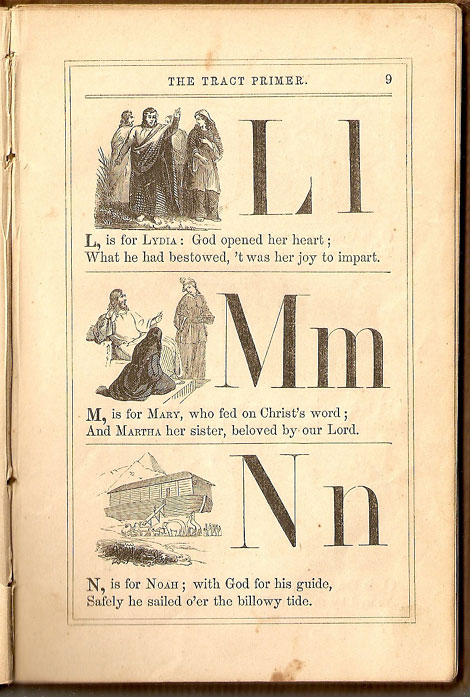In the world of education and language, certain terms hold deep historical significance. One such term is “abecedarium,” a word that might not be familiar to many but has played a crucial role in the development of literacy across centuries. This article explores what an abecedarium is, its origins, and its importance in both historical and modern educational contexts.
What is an Abecedarium?
An abecedarium is a text or inscription arranged alphabetically, often used as a tool for teaching the alphabet. It typically lists the letters of the alphabet in order, from A to Z, and can take various forms, including books, tablets, or even poems. The primary purpose of an abecedarium is to help learners, especially young children, become familiar with the letters of the language they are studying.
The word “abecedarium” itself comes from the Latin term “abecedarium,” which is derived from the first four letters of the Latin alphabet: A, B, C, D. Over time, this term came to represent any alphabetical list, regardless of the language it was used in.
Historical Use of Abecedarium
Abecedaria have been used for centuries, particularly in ancient Rome and medieval Europe. In these periods, they served as essential tools for teaching literacy. For example, in medieval times, young monks would use abecedaria to learn their letters, copying them onto parchment. These early abecedaria were often more than just simple lists; they could include alliterative passages, illustrations, and even religious texts.
One notable example is the “New England Primer,” a schoolbook first printed in 17th-century Boston. It included an abecedary of rhyming couplets in iambic dimeter, helping children memorize the alphabet through rhythm and rhyme. This approach made learning the alphabet more engaging and memorable.
Educational Significance
Today, abecedaria remain relevant in education, particularly in early childhood learning. They serve as foundational tools for introducing children to the alphabet, helping them recognize letters and understand their sounds. Modern abecedariums may come in the form of books, flashcards, or digital apps, making them accessible to a wide range of learners.
In addition to their role in teaching the alphabet, abecedaria also play a part in developing phonemic awareness, which is crucial for reading and writing skills. By focusing on the sequence and sounds of letters, abecedaria help students build a strong foundation in language.
Synonyms and Related Terms
Synonyms for abecedarium include “alphabet book,” “ABC book,” “ABC tablet,” and “primer.” These terms are often used interchangeably, though each may have slightly different connotations. A primer, for instance, is an introductory textbook that may use abecedaria to teach fundamental concepts.
Other related terms include “alliteration,” which refers to the repetition of initial sounds in closely connected words, and “pangram,” a sentence that contains every letter of the alphabet at least once. These terms highlight the broader linguistic and literary significance of abecedaria.
Cultural and Linguistic Insights
Abecedaria are not only educational tools but also cultural artifacts. They provide insight into the literacy practices of different eras and regions. For example, ancient Roman abecedaria found on inscriptions reveal how the alphabet was taught and used in daily life. Similarly, medieval abecedaria discovered in churches and monasteries show the integration of religious teachings with language instruction.
In some cases, abecedaria have been used for more than just education. Some inscriptions, such as those found in the Athenian Agora, appear to have had magical or ritual significance. Others, like the “Alphabet Stone” in Ireland, are believed to have possessed symbolic meanings related to faith and spirituality.
Modern Applications
While the traditional form of abecedarium has evolved, its core purpose remains the same: to teach the alphabet. In contemporary settings, abecedaria are used in classrooms, homeschooling environments, and even in digital learning platforms. They are often accompanied by interactive elements such as songs, games, and visual aids to enhance the learning experience.
For example, the famous “ABC” song is a modern musical rendition of an abecedarium, helping children remember the alphabet through melody and rhythm. Similarly, digital apps and online resources offer interactive abecedaria that engage learners with colorful visuals and sound effects.
Conclusion
An abecedarium is more than just a list of letters; it is a powerful educational tool with a rich history. From ancient Roman inscriptions to modern digital learning platforms, abecedaria have played a vital role in teaching literacy and language skills. Whether in the form of a book, tablet, or song, they continue to be essential resources for learners of all ages.
As we move forward in an increasingly digital world, the importance of abecedaria in education remains unchanged. They remind us of the enduring value of the alphabet and the power of structured learning in shaping language and communication.
Meta Title: What is an Abecedarium? | US Trending News
Meta Description: Discover the history and educational significance of an abecedarium. Learn how it’s used today and its role in teaching the alphabet. Stay updated with the latest news.
Author: Jane Smith
Title/Role: Language Historian and Education Consultant
Credentials: With over 15 years of experience in language education and historical linguistics, Jane has authored several publications on the evolution of literacy and teaching methods.
Profile Link: www.janesmithlanguage.com
Sources:
– Encyclopedia Britannica – Alphabet
– The New England Primer – Library of Congress
– Kilmalkedar Alphabet Stone – Irish Archaeology
Internal Links:
– Understanding the Alphabet: A Guide for Beginners
– The History of Literacy in Ancient Civilizations
– Modern Tools for Teaching the Alphabet
Featured Snippet:
An abecedarium is a text or inscription arranged alphabetically, used primarily to teach the alphabet. It has historical roots in ancient Rome and medieval Europe, serving as a foundational tool for literacy education.
Call to Action:
Stay updated with the latest news on language education and historical insights. Explore our articles to learn more about the evolution of literacy and teaching methods.
URL Slug: what-is-an-abecedarium
Image Optimization:













More Stories
Top Running Back Rankings for Week 8: Expert Analysis and Projections
US Trending News: Everything You Need to Know About the San Jose Civic Center
US Trending News: Everything You Need to Know About San Jose Sharks Ice: Rink Conditions and Game Day Insights